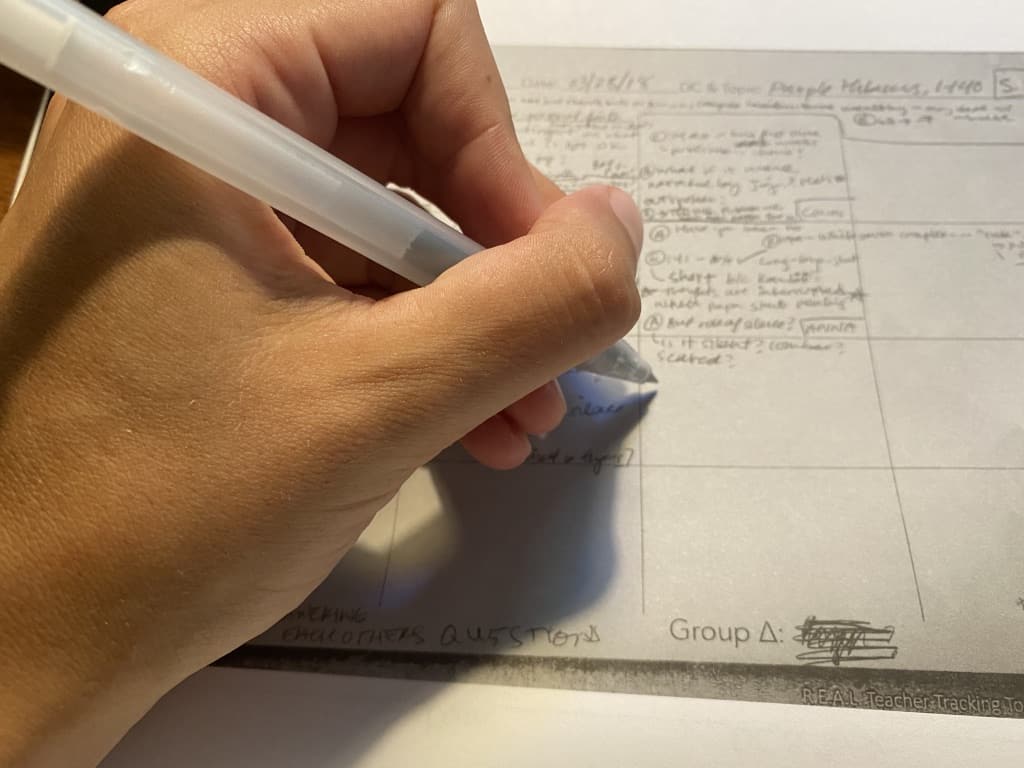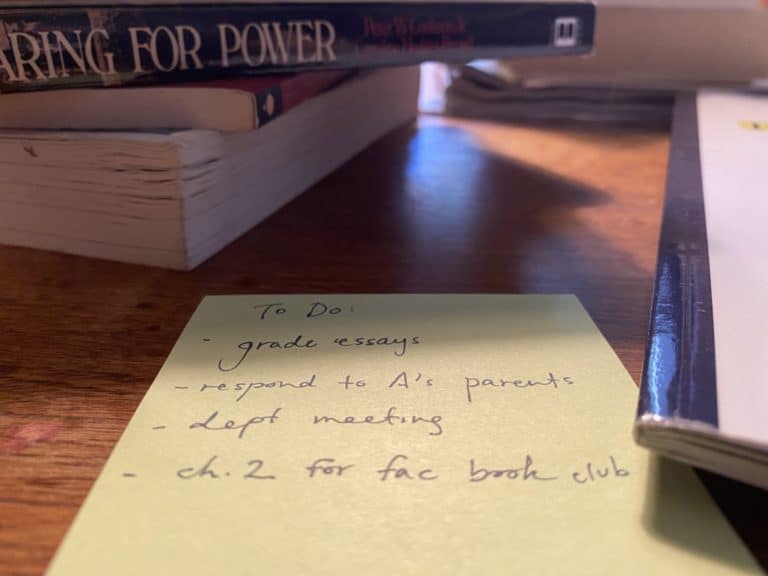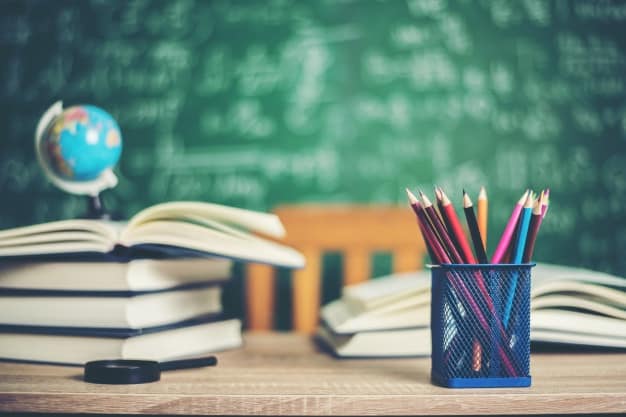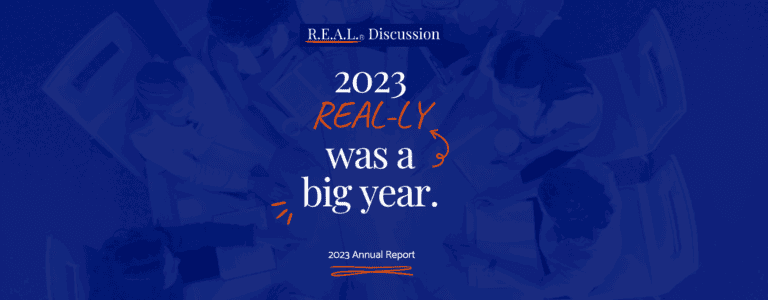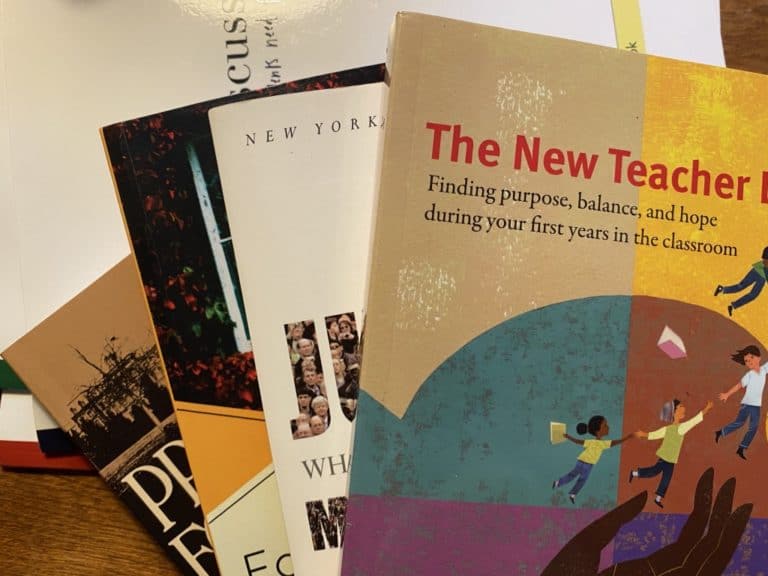Discussion through the Digital Humanities, Creativity Protocols, and the Neuroscience of Trust
Beyond the Syllabus posts offer a round-up of resources that are “practice-adjacent,” as Katherine often says. We offer recs for podcasts, fiction and non, and TED talks that offer delightful – if surprising – ways to rethink or enrich discussion practice.
Article “The Neuroscience of Trust” by Paul Zak. Paul Zak tackles the age-old question of how to create buy-in in the workplace, making a persuasive cause that trust matters far more than flashy events or fun corporate perks. We see Zak’s work as an inspiration for anyone guiding others to growth — yes, teachers and administrators included! His article, published in Harvard Business Review, challenges some back-end norms for creating “fun” or “engaging” work environments by challenging workplace leaders to backward-design systems of both daily interaction and structural organization that can engage employees in a trusting environment. Based on Zake’s neuroscientific research of how oxytocin (trust-making brain chemical) creates the feeling of trust, he presents eight concrete steps for leaders, including “recognize excellence” and “create job crafting.” From his base in brain science, Zak insists that interpersonal work is not a series of short-term reactions but a chain of empowering and trust-building systems that enhance the efficacy of employee-centeredness (we can replace this with student-centeredness) in the long term.
Study “Educating relational thinking to improve design creativity” by Leyla Alipour. Alipour’s article in Art, Design & Communication in Higher Education outlines a system she piloted to develop creativity in her students through what she calls “relational thinking.” For Alipour, creating a direct framework for students to connect sources, detail their characteristics, and connect them out to new sources — in what we envision as a sort of “web” of source material — measurably increased the frequency and quality of student design thinking. Specifically, Alipour cites students’ ability to move, through this framework, beyond literal interpretations and associations and into the analogical. We love this article for the clear system and protocol it outlines relational thinking in the classroom and for the opportunity it suggests for such systems to produce new critical and creative connections.
Glossary “Keywords for Latino/a Studies” by NYU Press. NYU’s “Keywords” resource presents an online discussion of foundational terms and concepts for Latino/a studies that should be required reading for teachers and students alike. The Latino/a Studies glossary brings together some of the foremost voices in the fields to define the history and present application of a comprehensive list of terms, and then to comment on those terms and their relationships through a series of essays. The essays are heavily hyperlinked – great for curious students! – and the website itself presents readers a deeply-researched but accessible academic resource to inform themselves on contemporary discussions in Latino/a Studies at the moment. We love this resource for its exemplary use of the digital humanities to enfold readers into an open-access, unfolding discussion that often exists just within academia. The site models what theoretical discourse, specifically asynchronous and blended discourse, can look like for popular citizens of all ages and expertise.
